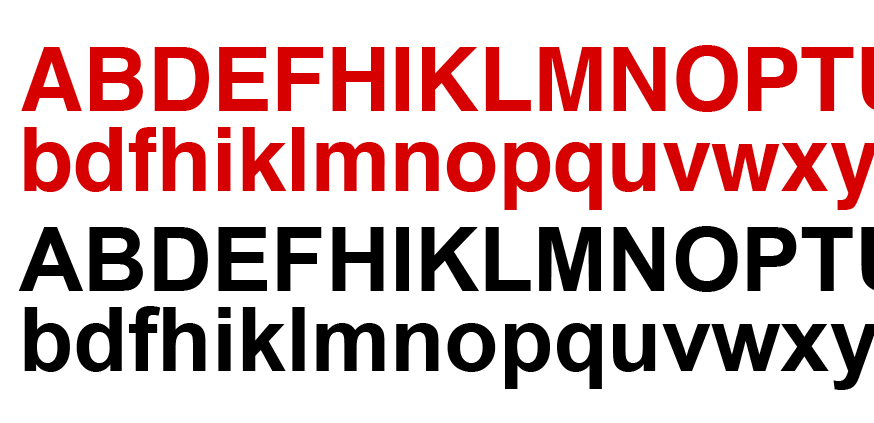
Where the CSS must be formatted so that no font name contains a line-break (see comments below). in the text of the sidebar on the right) is set by the CSS declaration font-family: "Helvetica Neue", HelveticaNeue, "TeX Gyre Heros", TeXGyreHeros, FreeSans, "Nimbus Sans L", "Liberation Sans", Arimo, Helvetica, Arial, sans-serif The standard sans-serif font family used on this blog (e.g. ( P.S.: An alternative to Arimo is Roboto - see the answers on Arimo vs.


Indeed, wherever I have shown you “ Arimo” or “ Liberation Sans” up to this point, I have actually included both in the style declaration! So if we use Arimo as the immediate fallback from Liberation Sans, readers who have Liberation Sans installed need not wait for Arimo to download.
#Helvetica neue vs helvetica code
The use of web fonts has been greatly simplified by the Google Fonts service, which automatically generates code for multiple versions of multiple browsers.
#Helvetica neue vs helvetica windows
But for Windows users, the only satisfactory solution is to insert a web font before “Helvetica”. For Linux users this is easy as we shall see, almost all Linux systems come with good imitations of Helvetica. So, if you don't want Arial except as a last resort before the default sans-serif font, “Helvetica” needs to be your second-last resort, and you must try to prevent Linux and Windows users from reaching “Helvetica”.

Similarly, if your font stack falls back as far as Helvetica, the reader will probably get Arial instead of your subsequent fallback fonts. Wherefore, if you put Helvetica first in your font stack, the overwhelming majority of your readers will get Arial instead of your carefully selected fallback fonts. Under Linux, WebKit-based browsers make the same substitution if Arial is installed. In every major Windows browser except Opera, the registry substitution takes precedence over the CSS fallback fonts, in which case you are now seeing the word “ Helvetica” in Arial, although the style declaration for the word “ Helvetica” specifies Microsoft Sans Serif as the fallback. Under Windows, the default registry settings replace “Helvetica” with Arial.

Worse, Arial has a habit of popping up uninvited. Its oblique terminals (cuts) make it look amateurish, especially in large sizes. It's width-compatible and nearly height-compatible with Helvetica, but otherwise not similar enough to be called an imitation. Arial is Microsoft's drop-in replacement for Helvetica.


 0 kommentar(er)
0 kommentar(er)
